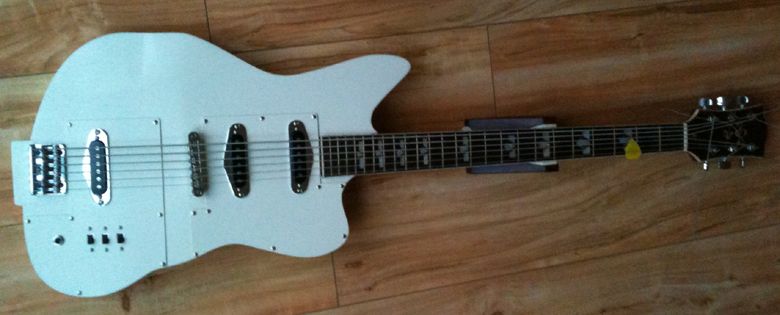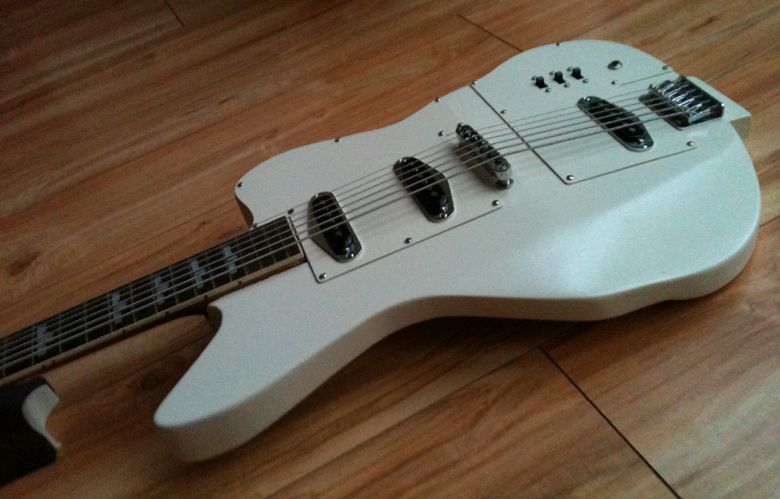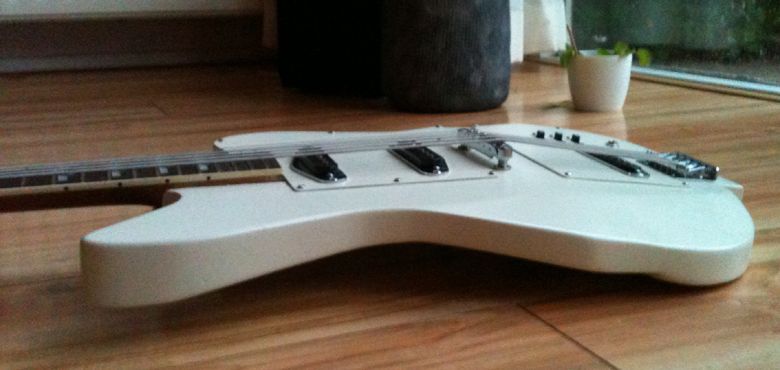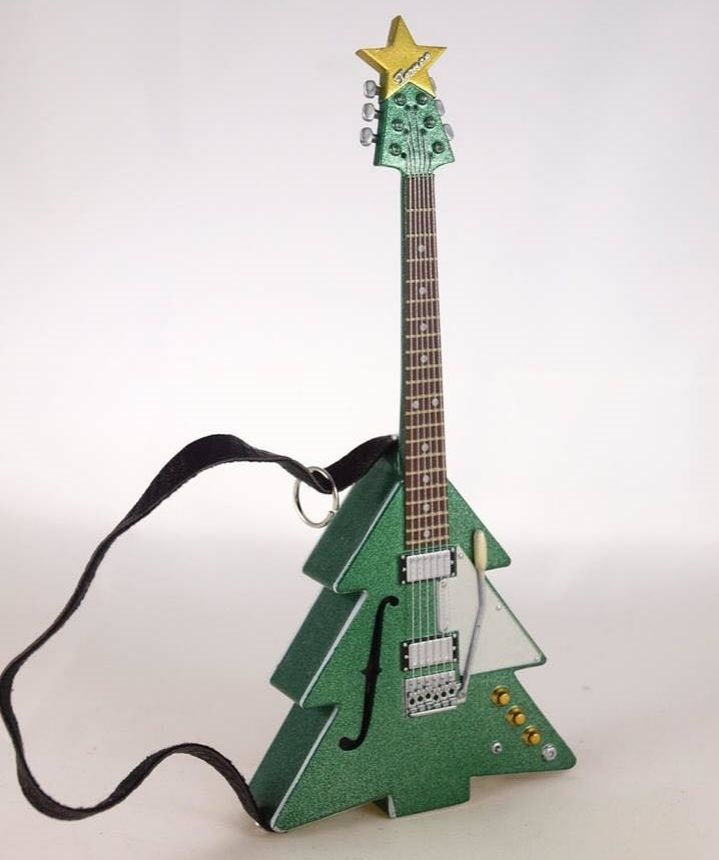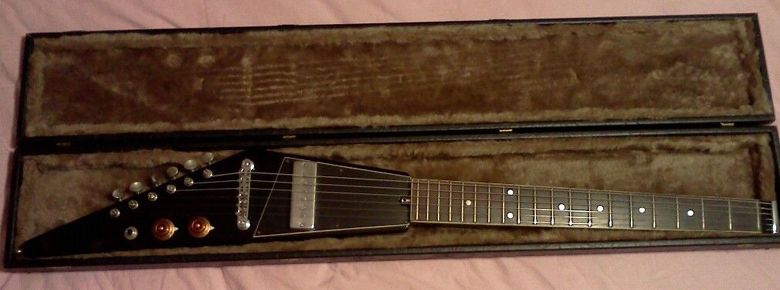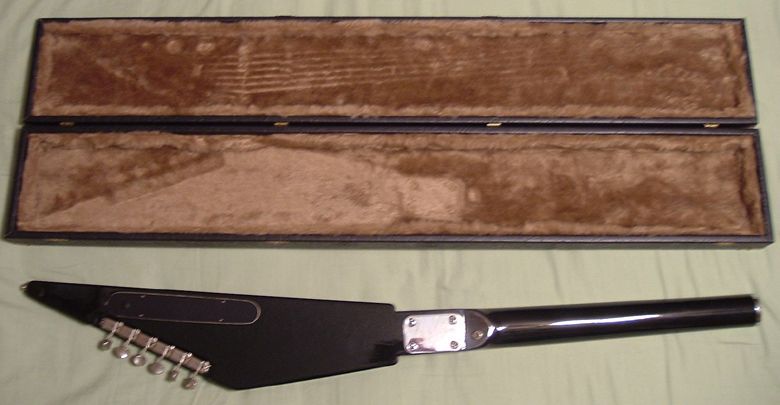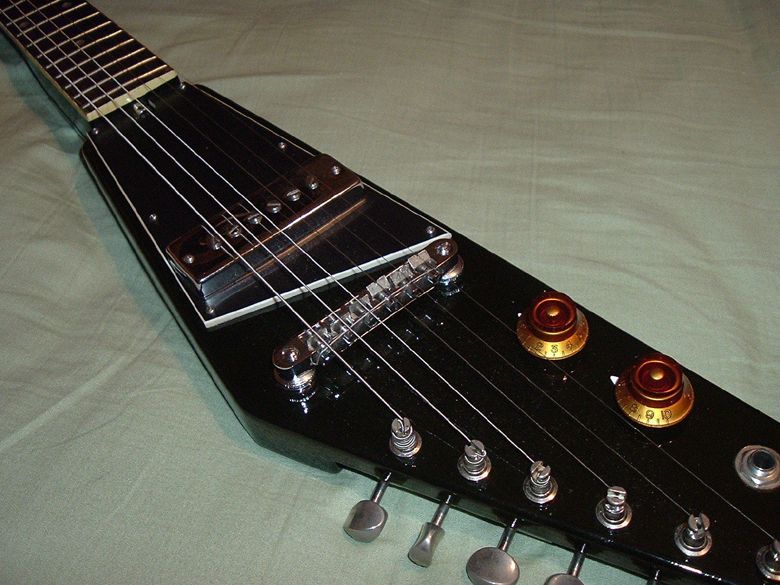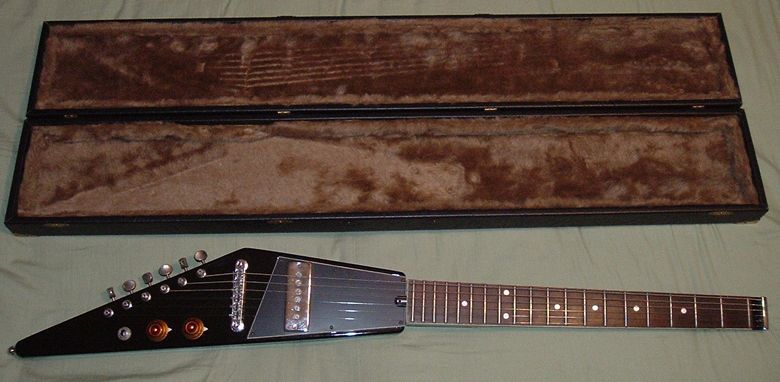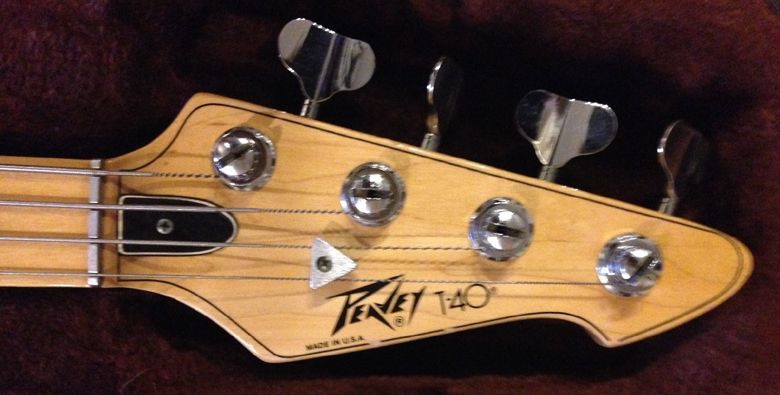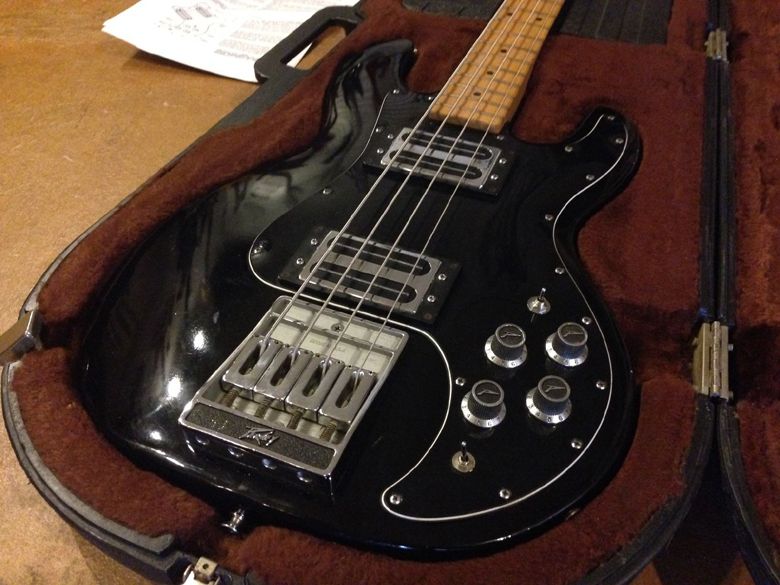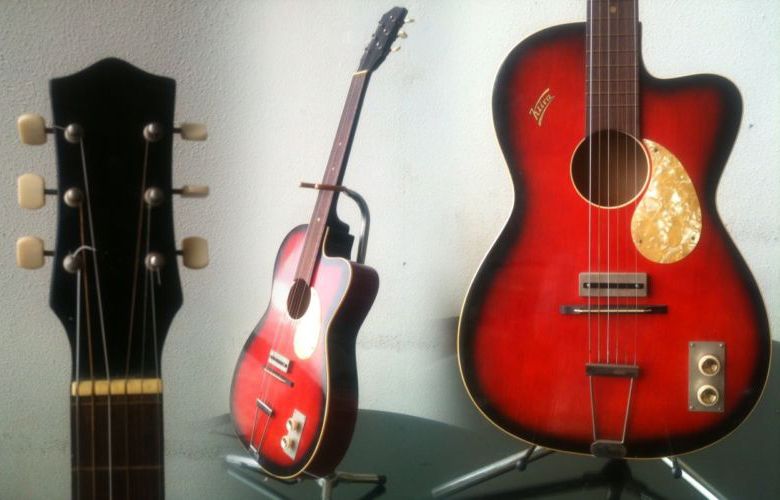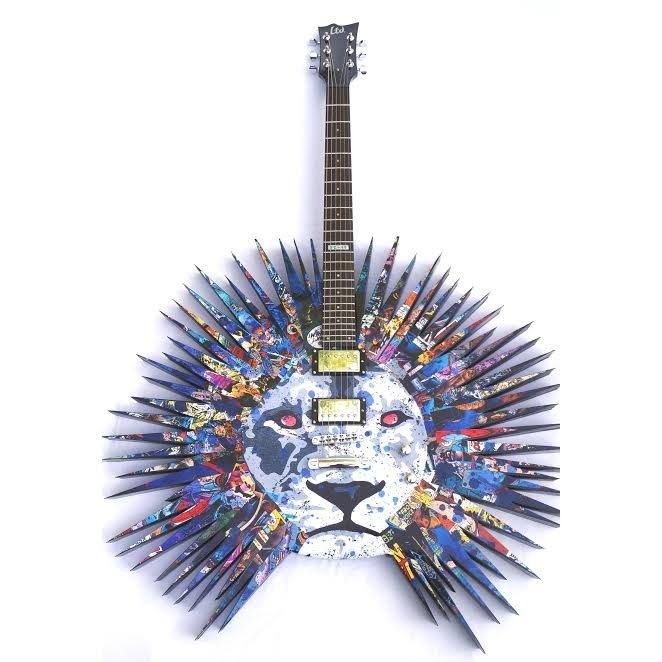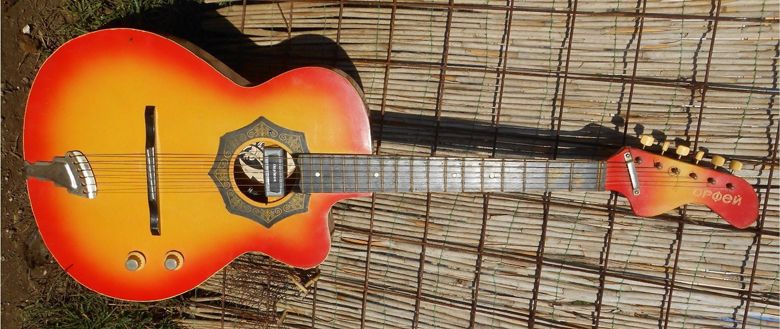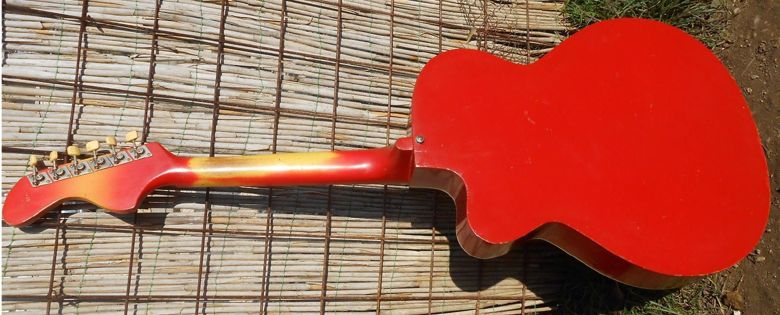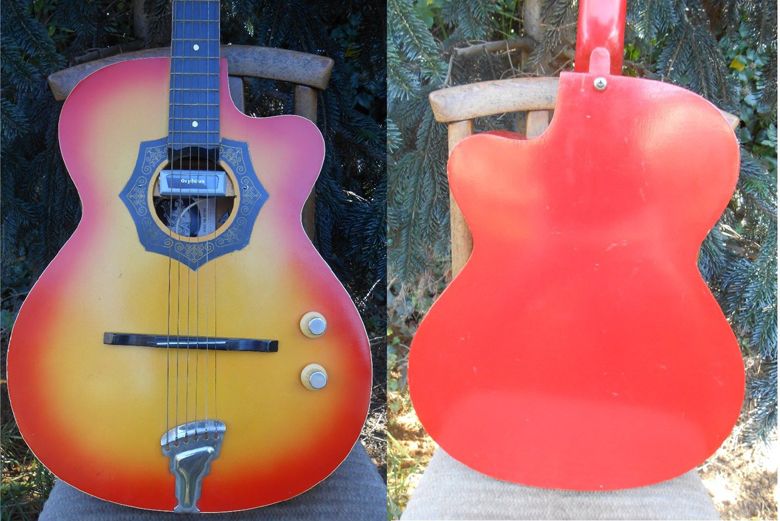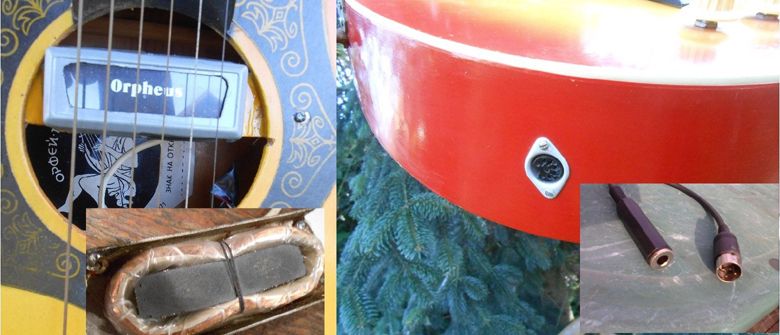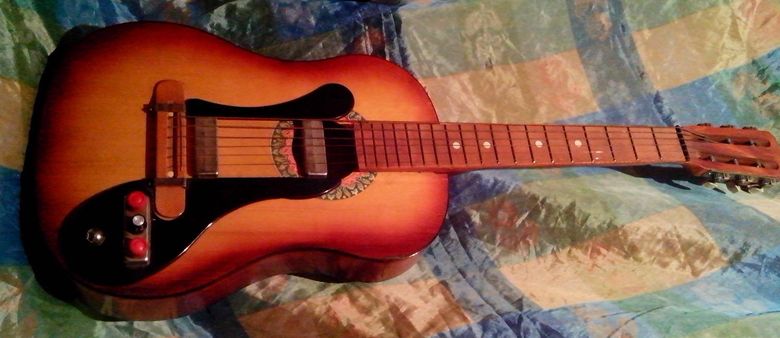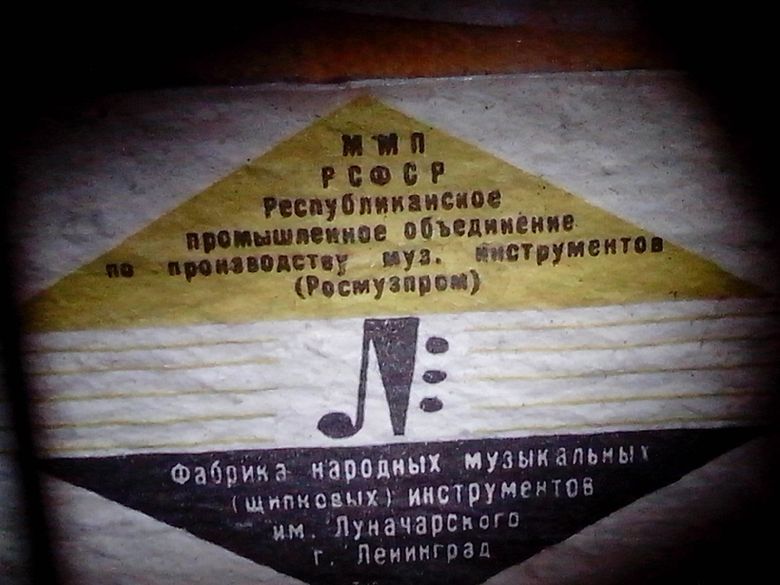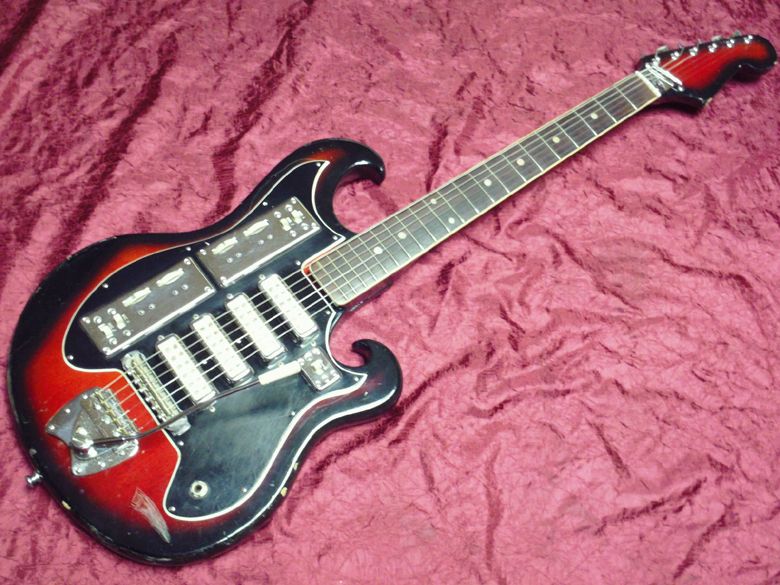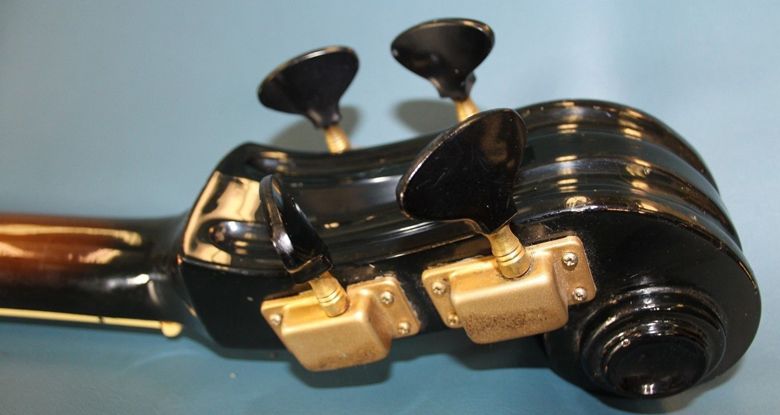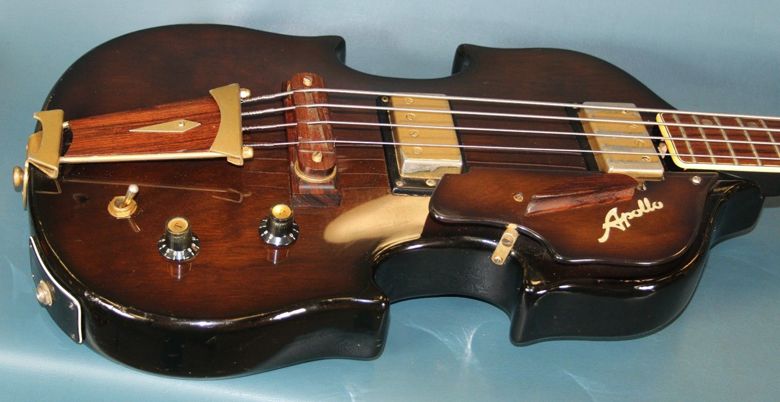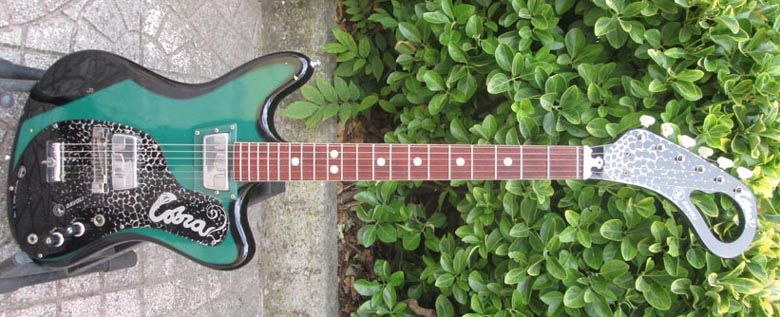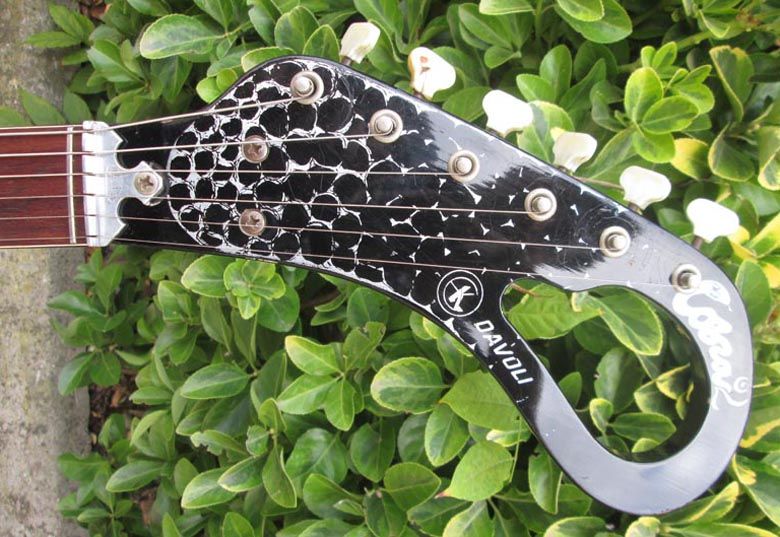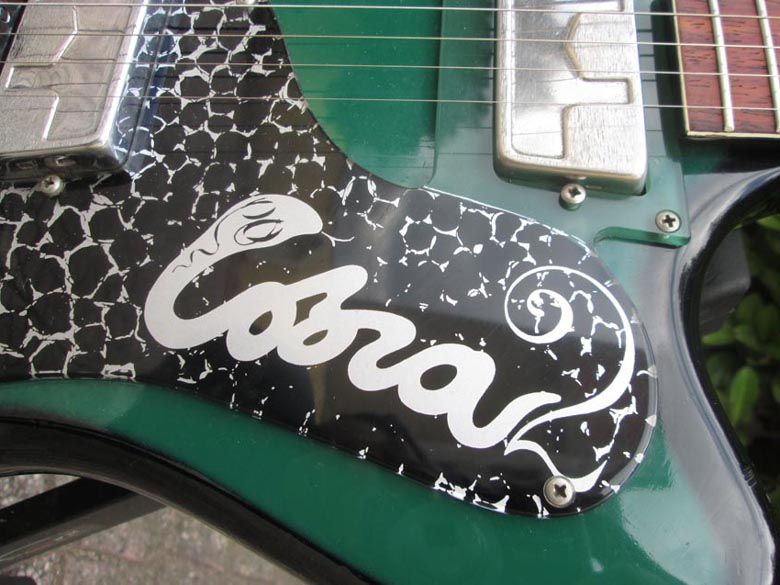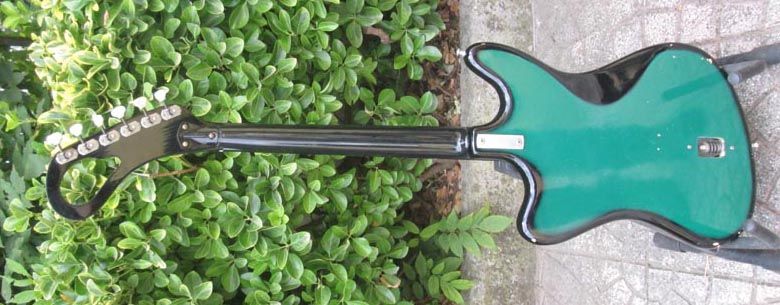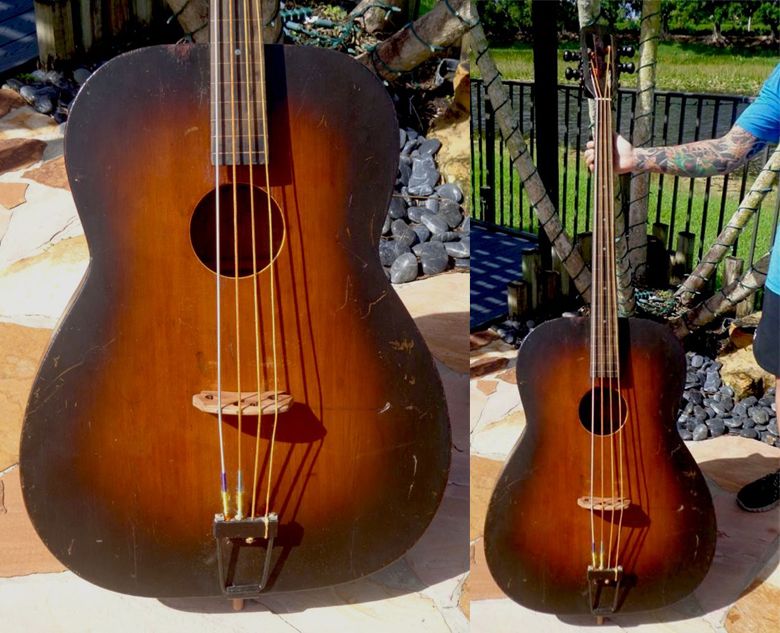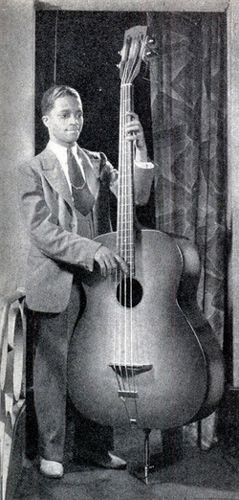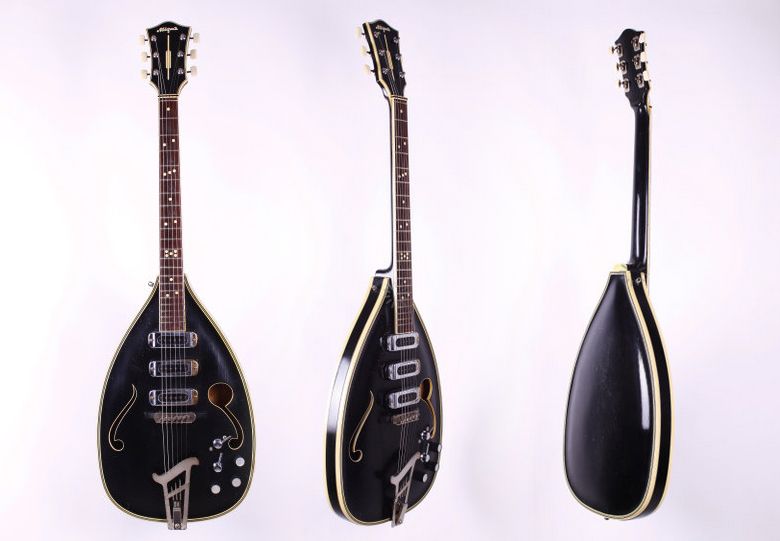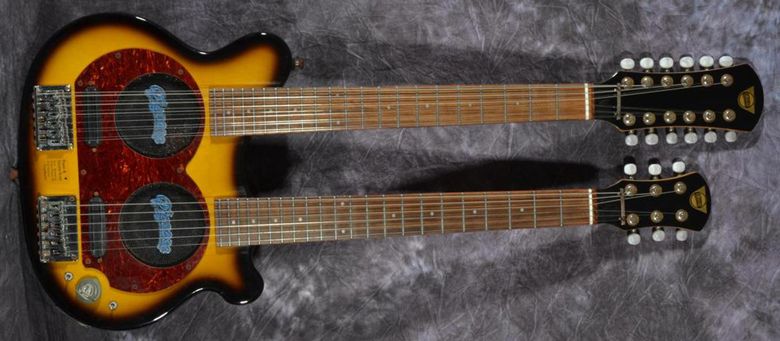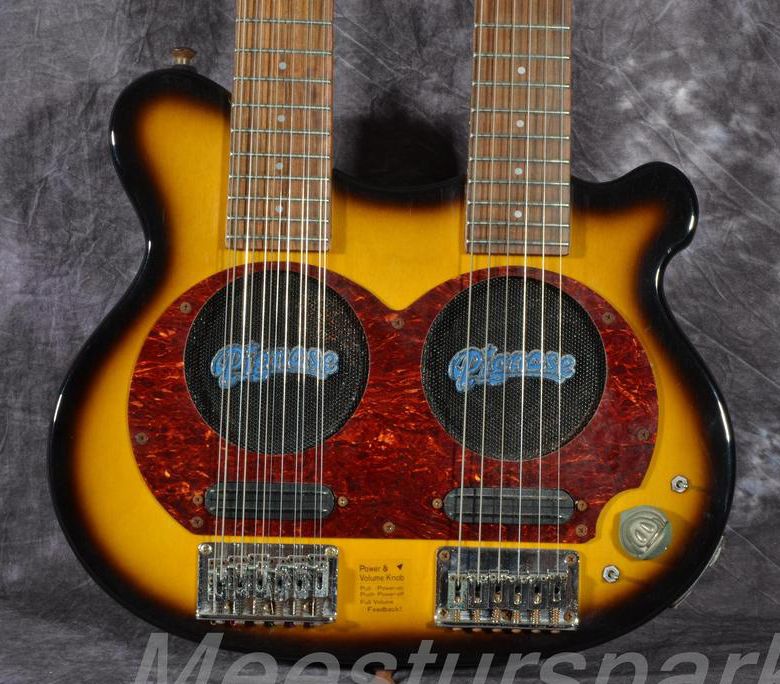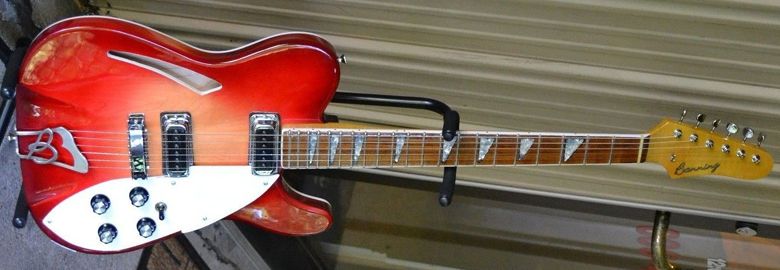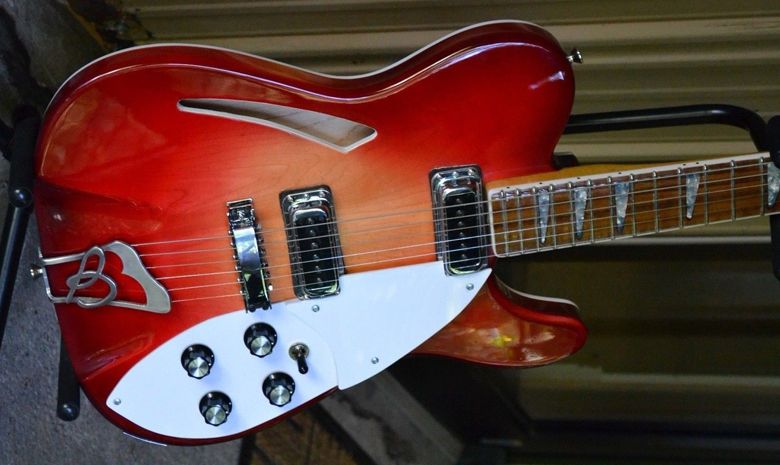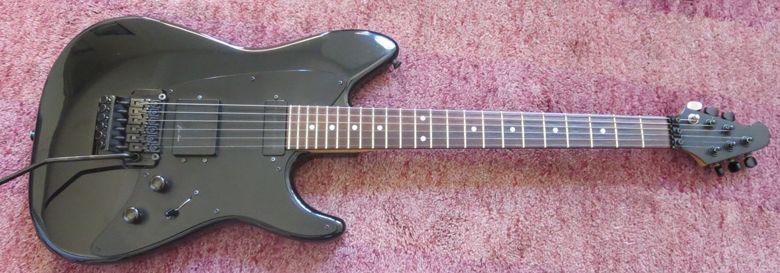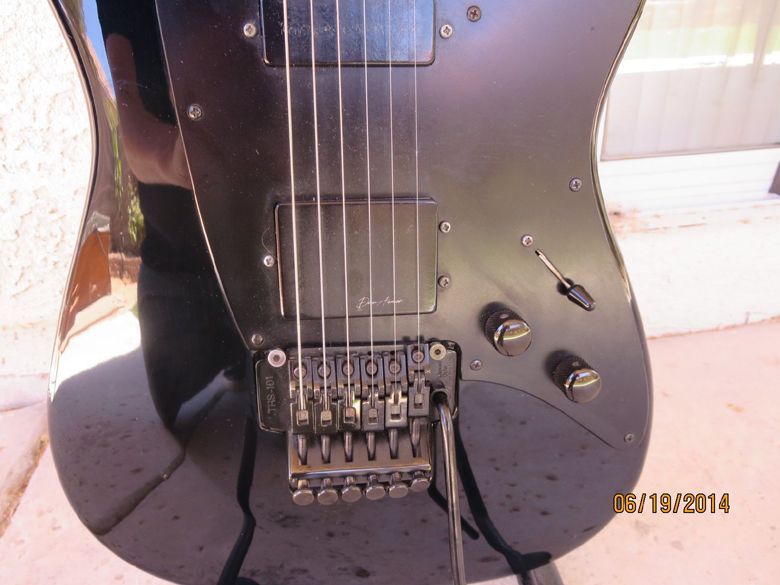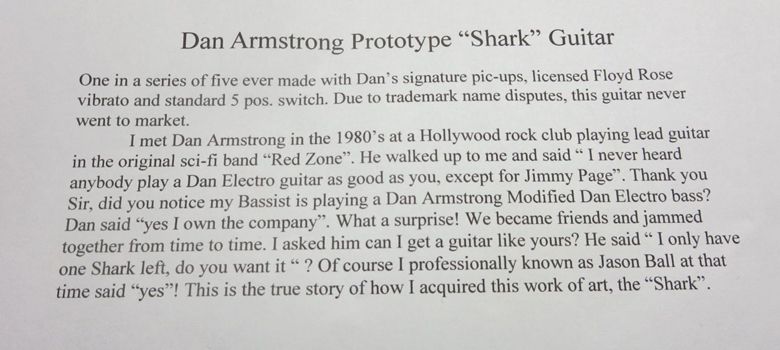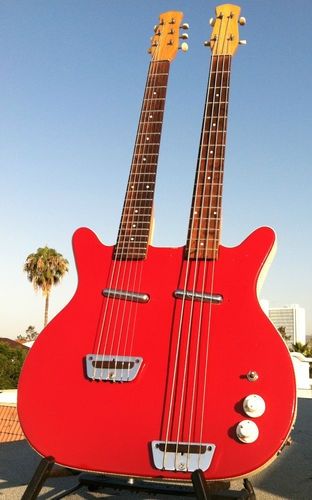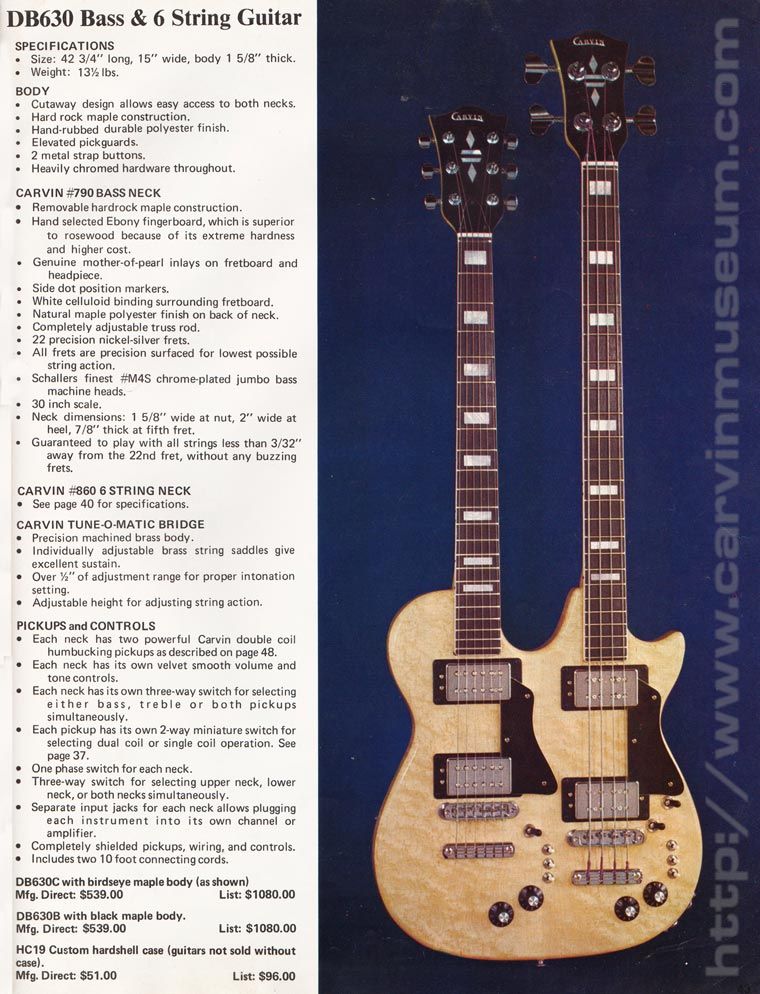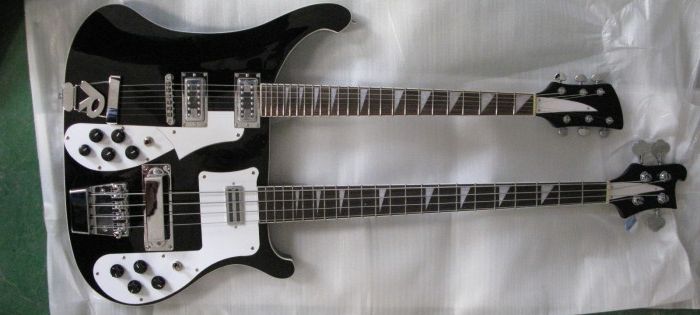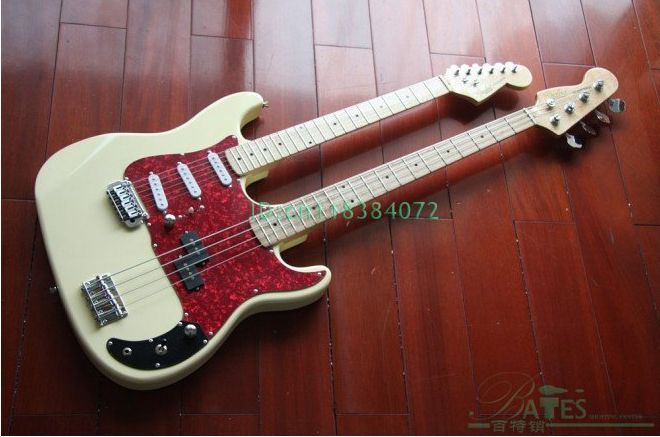guitarz.blogspot.com:
I've been mulling over ideas for a guitar that I have decided I need in order to reproduce in a
live situation the music I have been making in a couple of projects.
This past year I have taken to the bass guitar in a big way, so much so that it has become my
main instrument. However, I still want to play guitar as well, but more than that what I'd
really like to do would be to play both bass and guitar on the same songs. So, what is required is a doubleneck
guitar and bass. Add in a looper pedal (or preferably two) and the possibilities are quite
staggering - just check out what Kristian Dunn does in
El Ten Eleven (see video clip above).
However, finding an off-the-shelf solution to a doubleneck guitar/bass combination is not so
easy. Most such instruments I can find have the bass neck at the top and the guitar neck at the
bottom. I can understand the logic at work here so that you have the strings across the entire
instrument running from low to high, but I believe that this is not the best practical
arrangement. Just think about it. For starters I'd have thought that having the longer bass neck
at the bottom of the instrument would allow for better balance. But there is also the question
of playability. With a bass on top you would need to rest your forearm across the longer scale
bass strings in order to reach the guitar side, which could lead to unwanted damping or spurious
noises from the bass if the volume for both necks was on at the same time. Also, for chordal work / strumming
on the guitar I'd rather have that higher up on my body, whereas for playing bass I'm personally
happier to have it slung a little lower.
So, yes, for me bass on bottom is definitely the way to go.
In which case, what options are there?
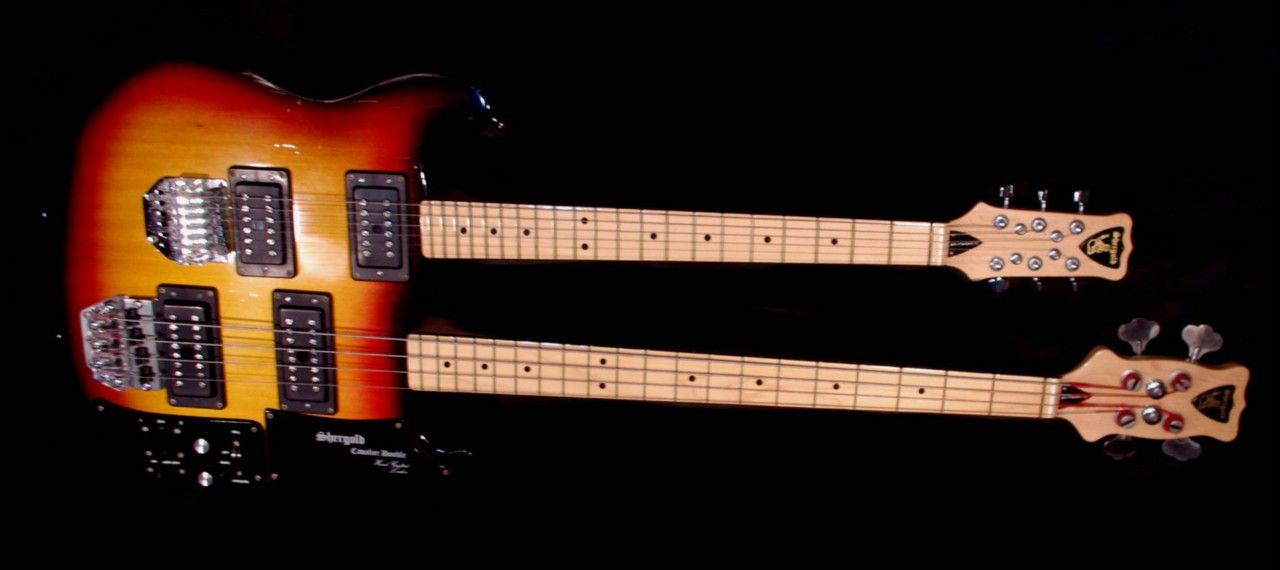
Well first off there are vintage instruments like the Shergold doubleneck and Danelectro
examples pictured here.
Even better would be the
Carvin
DB630 as used by El Ten Eleven's Kristian Dunn. It's definitely one of the better
doubleneck designs I have seen; it looks a lot less cumbersome than most.
Alas, these vintage instruments are all quite rare and not very easy to track down. In
the event of actually finding one for sale, it is liable to be expensive. Did I mention that my
budget is limited on this project? Quite frankly, the less I can get away with spending, the
better.
OK, so how about a cheaper instrument from China or Korea? There are a number of websites that
feature such instruments for sale, some of which have very cheeky copies of certain
big brand American guitars complete with counterfeit logos, whilst others are variations on designs from
those same companies but are guitars that never existed. In this latter category are a number of
doublenecks.
For example, this Rickenbacker 6+4. (Note that Rickenbacker's own 4080 doubleneck model had the
necks the other way around with the bass on top). However, even though the Far-Eastern made
Rickenbacker-influenced doubleneck has the necks in the correct formation for my requirements, just
look at the size of that thing! It's much more cumbersome than I would prefer.
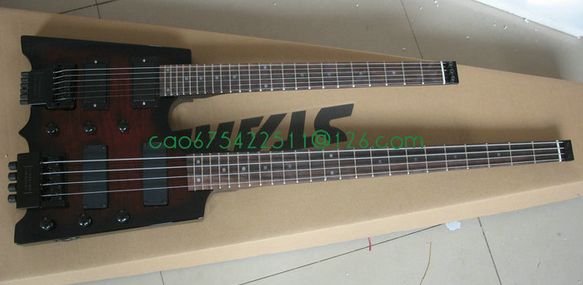
I also found this Steinberger-like headless doubleneck 6+4. With a compact body and no
headstocks it shouldn't be too cumbersome. However, I could find zero information about it and
looking at the photos I couldn't tell if if had one output or two (that would be ideal - an
output for each neck). Looking at the control layout, I can't see any selector switches, not
just for the pickups but for each side of the instrument. The use of volume controls alone would
not be convenient - you'd have to raise the volume on one side of the instrument and lower it on
the other. A simple switch is what is required. Furthermore, when wondering how well it would
balance on a strap, I checked all the photos I could find and couldn't even see any strap
buttons. It does look to be a
very cheaply made instrument. Yes, I
wanted cheap, but even so I
would prefer to have all the basic hardware you'd expect.
The only other doubleneck 6+4 that I could find (that is, with the guitar uppermost and the bass
beneath) was this Strat/P-Bass combination. I liked this design very much and particularly liked the reverse headstock on the bass side which neatly gets around the problem of the tuners getting in the way of the opposite neck. Maybe it's a little
more cumbersome than I should be aiming for, but it would indeed look very cool on stage. However, it
appears to be a discontinued model and I simply couldn't find an example for sale. Quite frustrating.
OK, other options would be to commission a custom-built instrument but I've already explained that this is a budget operation, so that leaves the DIY route. Well, I've checked the doubleneck guitar kits available and can only find a 6+4 with the bass on top.
Bertram's advice to me is "
try my way - cut two Squiers in halves and have them glued together by a pro." He's referring of course to his
Doppelcaster, the doubleneck Telecaster that he built.
That is indeed one option, but if I wanted a doubleneck like the last one pictured above, joining a Strat body to a P-Bass body isn't quite so simple as the latter is a longer shape (remembering that I want the bass at the bottom). Then of course there is the body contouring to take into consideration. Slab-bodies would join together much more easily so maybe as Bertram suggests I should think Telecaster rather than Stratocaster.
Other guitars I considered joining together are:
- Ibanez GAX30 guitar and Ibanez GAX150B bass. But what do you know?... The GAX150B is now discontinued and no-one seems to be selling them on eBay either.
- Hofner Shorty guitar and Hofner Shorty bass. I thought this might allow for a nice compact design but I couldn't quite work if it was feasible to chop portions of the bodies off and join then together. There didn't seem to be quite enough material to work with. I did momentarily toy with the idea of NOT chopping down the bodies but connecting the two together with metal rods drilled into the bodies. However, I figure this would mean that the two necks would be too far apart from one another.
- Epiphone LP Junior/Special and similar bass. As long as both were slab-bodied and of the same thickness, this could work, but I simply haven't found the necessary donor guitars for sale.
So maybe what I want to do is to take parts from a couple of donor guitars and have a new body constructed to accept the donor necks and hardware. I'm quite happy to use my
cheapy no-name Chinese Telecaster for parts but haven't yet got a donor bass - I was wondering about a Squier Bronco bass maybe?
So now I'm going to be rather cheeky and ask if there are any
Guitarz readers out there who would be willing to help me with this project? (Hey, I may as well take advantage of having this guitar blog!) I neither have the resources or the talent so I'm going to ask: Would someone out there be able to build me a doubleneck body? I'm more interested in function rather than it being a superb piece of first class luthiery. Obviously I'd be willing to pay but I'm not able to pay custom shop prices. It'd probably be best if it was someone in the UK or maybe Europe, so as to minimize the cost of sending parts and materials back and forth.
I am open to suggestions but at the moment, I believe what is required is a new body routed for Telecaster parts on the guitar side and probably a P-Bass on the bass side (or possibly a Squier Bronco bass - the shorter scale may make for a better balanced instrument). As to the design, that is something we could discuss further.
Please contact me by email (gavinlloydwilson@yahoo.com) or else via the comments below.
If anyone else has any ideas which might be useful please feel free to add to the discussion.
Thanks
G L Wilson
Additional: Someone has suggested that I simply buy
one of these and swap the necks around. I wonder if it might be as simple as that? I can see that the bridges and pickups are in the same positions but would the neck pockets be the same size?
© 2014, Guitarz - The Original Guitar Blog - the blog that goes all the way to 11!
Please read our photo and content policy.


